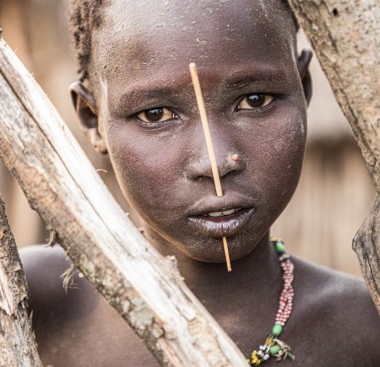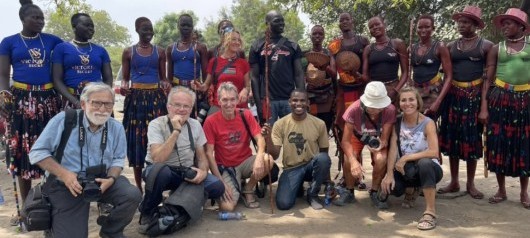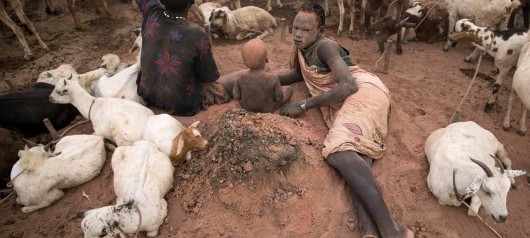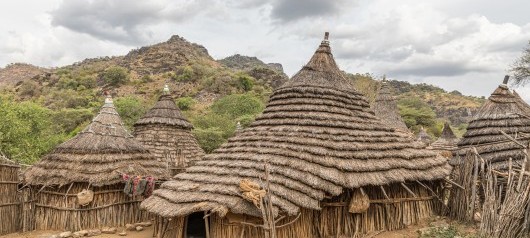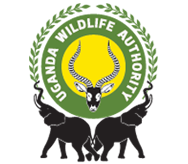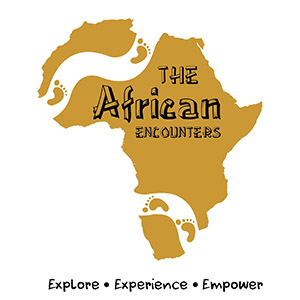South Sudan Tours
The world’s youngest nation which got her independence from Sudan on July 9 th 2011 is an incredibly gifted nation yet experienced by a few, many have been kept away by political turmoil that has gripped the country for much of its infancy. South Sudan is a vast 644,329 square kilometers of stunning savannah, grasslands, wetlands, mountains and abruptly rising hills that form an impressive landscape worth adventuring into. The country is boarded by Ethiopia in the east, Sudan in the north, from which it broke off after unending civil wars, Central African Republic and Democratic Republic in the West and Uganda in the South.
Diverse culture of the people of South Sudan is unmatched anywhere in Africa, as much of it is undisturbed by civilization. In Sudan, the countryside life is natural, intact and rich with cultural diversity that would leave any tourist wondering how they never got here much earlier.
National parks are an array of diverse wild life and flora waiting for discovery by many who have continuously kept away from one of Africa’s most gifted gem. Delay your trip no further, to this unique piece of adventure as this article high lights.
Top tourist attractions in South Sudan.
River Nile
The White Nile, also known as Al-Jabal River flows from the south making a magnificent entry at Nimule, draining the country’s southern based hills and mountains, through the vast Sudd wetland meandering throughout the country and exiting at Aswan in the north of the country into Sudan.
The Sudd Swamp
The grandiose arrival of the White Nile settles into a vast plain land that floods astronomically in to what is known as the Sudd swamp. The swamp is perhaps the biggest marsh land on the African continent and gets bigger than countries like Bangladesh, during the rainy season to cover as much as 50,000 square kilometers from the 30,000 square kilometers it ordinarily covers in the dry season.
A canoe ride through the thick floating vegetation unveils a tourist to a community of Nilotic people living in grass thatched huts on small islands, whose culture is undisturbed by modernity, over 150 animal species to include crocodiles and birds of rare kinds like pink Pelican call the sudd home.
The Wau City
Approximately 650 kilometers northwest of Juba is the historic city of Wau, which is a popular tourist attraction in South Sudan. Old French and new western architecture converge in Wau city to define its diverse population. The domed St. Mary Cathedral, built in 1905 is one of those ancient iconic structures, whose walls have lived through civil unrest right from colonial days to date, yet stout and firm.
Cattle markets on the out skirts of Juba City
Much of the Juba population as is the majority of the South Sudan is nomadic hence moves from one place to another in search for water and pasture for their animals. At nightfall, cattle are herded into large camps of over 600 animals. These cattle camps offer a thrilling view into the nomadic life of the people of South Sudan, especially the Dinka, with little boys, men, and women, barely dressed, spending cold nights by hundreds of herds of cattle, protecting, and bonding with their life’s treasure. The huge white long horned bulls are a remarkable sight, with as much weight as a ton and a height above that of an ordinary Dinka.
Boma National Park.
The world’s largest animal migration happens here, from the Sudd wetland to the Boma national park. Millions of kobs, tiang and gazelles move from the east bank of the White Nile which forms part of the Sudd wetland towards the north into the higher grounds of Boma national park. The migration is triggered by heavy rains that flood the Sudd wetland causing much of the pastures to submerge in water, hence the movement of the animals into lands of lush greenery growing luxuriantly upon higher grounds in Boma national park
To trail this magnificent migration, one greater than the Serengeti-Masai Mara migration, is an experience to behold.
Best tourist activities / experiences in South Sudan
South Sudan is largely a virgin land filled with adventures waiting on those that are daring, to experience its true beauty. Here are some of the tourist activities to undertake while on a safari in South Sudan.
Wrestling in the Town of Bor
Every weekend, in a large stadium of floodlights, frenzied crowds chant slogans of war; drums are beaten to African folklore to reminisce a culture uninterrupted by western ways. The wrestlers, giant towering Dinka charge at each other like bulls infuriated by competition for a lone female. As the dust rises off the stadium ground, the sweat dripping Dinka collapse to the ground in an entanglement of strength, to the ululation of the crowds. Any tourist would pay top dollar to watch such a match, better yet, dare to wrestle a Dinka!
A true African Safari
11% of South Sudan’s land is dedicated to wildlife and nature where in are 11 gazetted national parks and 13 game reserves. The South Sudan safari in any of the national parks is an up close and personal experience with all kinds of animals like the lions, leopards, cheetahs, warthogs, kobs, gazelles, elephants, and birds of all kind.
Bandingilo National Park
Bandingilo national park is located along the great migration corridor, in Sudan’s equatorial region along the White Nile. Predator animals like lions, caracals, cheetahs in a chase for pray like gazelles, kobs, Nubian giraffes, introduce to a brand-new world that you can only dream about. In this place, the tourist is the attraction as animals are barely familiar to human interaction, the place is new to adventure, and the place is worth every dollar as the animals here are in their most natural habitat and full animal behavior is at optimal display.
The Kidepo Game Reserve
The Kidepo game reserve is a continuation of the Kidepo Valley National Park in Uganda, all its abundance of beauty is carried along into the South Sudan. Its acacia shrubs often offer a perfect camouflage for leopards and lions ready to pounce on unsuspecting gazelles, kobs, giraffes grazing in the short savannah grasslands. Some daring lions, often in vein, attempt to take on the African elephant. However, the African dog is always within the same hunting space as lions and the spotted hyenas often causing stampedes of kobs who in an attempt to escape the dogs, run straight into the unforgiving jaws of the spotted hyena.
The hunting in this reserve is a vicious unforgiving circle to the prey, victimized by predators of all kind across the entire Kidepo plains.
Other parks whose uniqueness awaits adventure include, Nimule National Park, Southern National Park, Bangangai Game Reserve, all barely seen by the world yet so uniquely gifted by nature.
When is the best time to visit South Sudan?
South Sudan experiences a tropical climate with high humidity and substantial amounts of rainfall. The first rain season states from March to May, followed by the longer dry season from June to September and wet season from October to November and the dry season returns from December to February. The seasons may change often, due to effects of climate change.
That said, the best time to visit Sudan would be during the dry seasons from June to September and December to early January, when the terrain is well drained, undisturbed by wet conditions. However, the great migration happens at the start of the wet season when the Sudd gets flooded while the return of the animals happens between December and early January, therefore depending on what you want to see, the March to April window is opportune for experiencing the great animal migration.
What to pack on a South Sudan tour?
The essential commodities to pack are some light clothing and at least one jacket, a camera for filming, passport and visa, your work permit for residents and a yellow fever vaccination card.
